Math Facts Journal
The blog of MathFactLab
The blog of MathFactLab
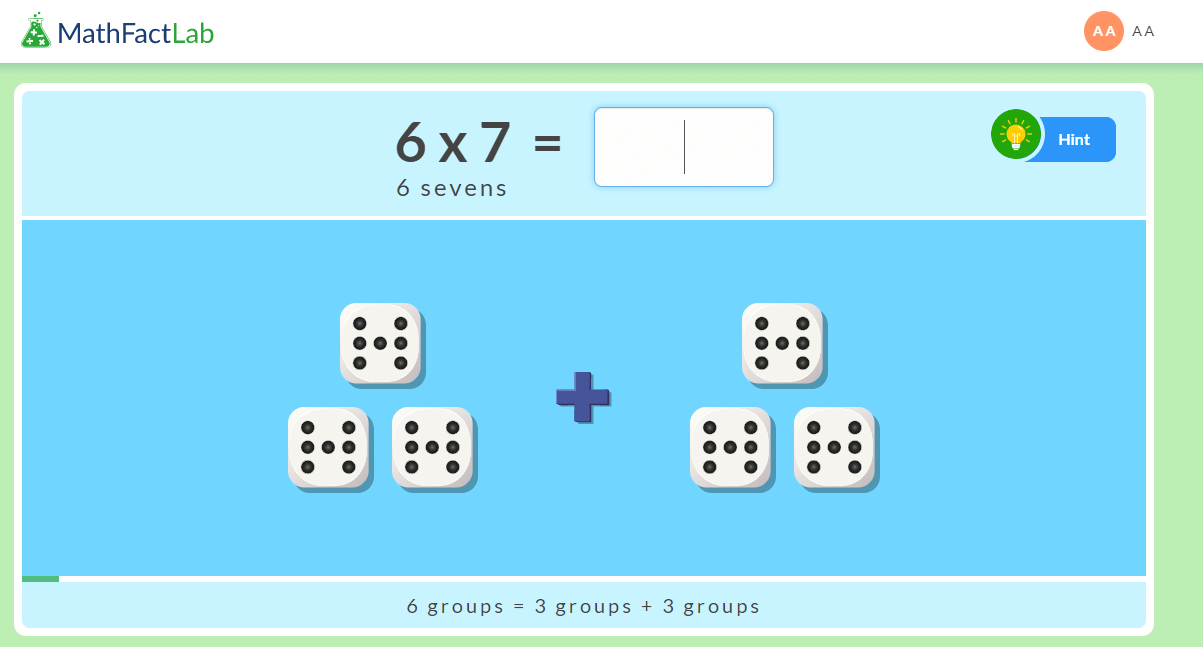
If you Google 'math facts websites', you'll be quickly overwhelmed with choices. If your students or your child need help with their math facts, where do you go? Here are three reasons why MathFactLab is a good choice.
Mike Kenny, MathFactLab's creator, is a current fifth-grade math teacher. Each year, Mike finds that a good portion of his fifth-grade students arrive lacking basic math fact fluency. Frustrated that the math fact materials commercially available do not match what research recommends, he gradually came to the conclusion that he ought to try creating his own math fact program.
MathFactLab is the result of several years of effort, much research, a great heap of advice and help from others, many drafts and lots of trial and error in Mike's classroom and beyond.
What does that mean? Well, it means that MathFactLab students develop basic fact fluency by building on prior knowledge, not through rote memorization and drill.
For example:

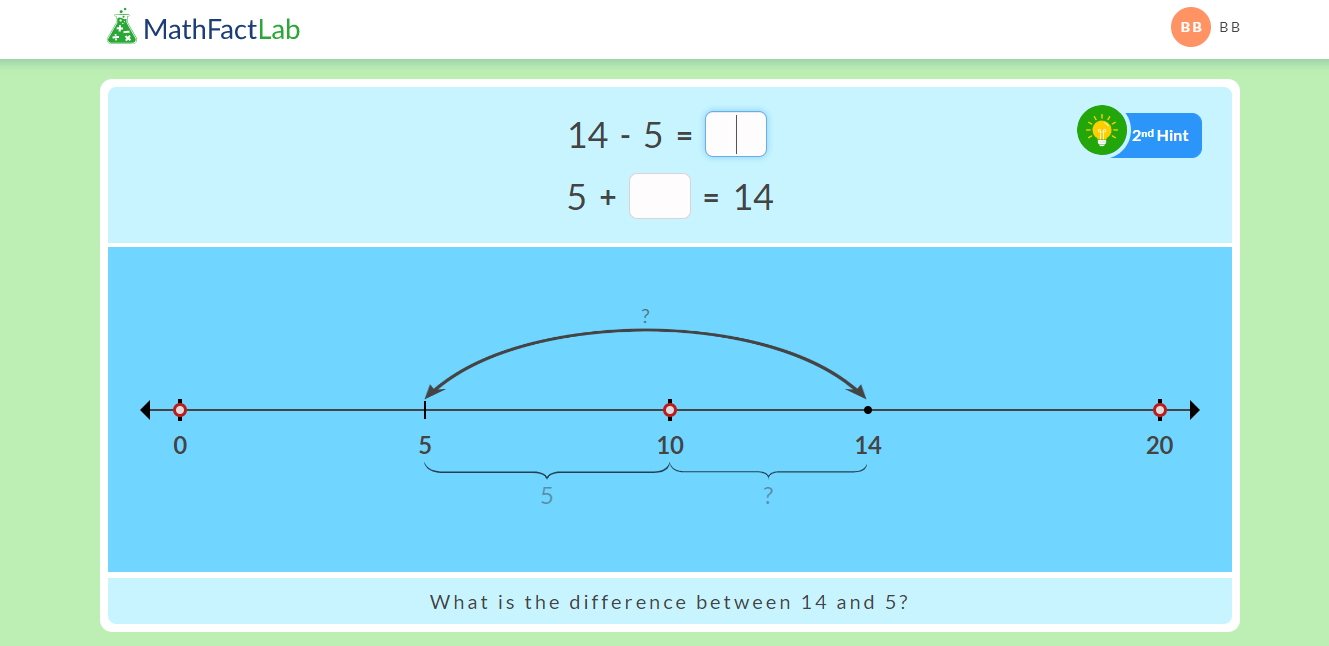

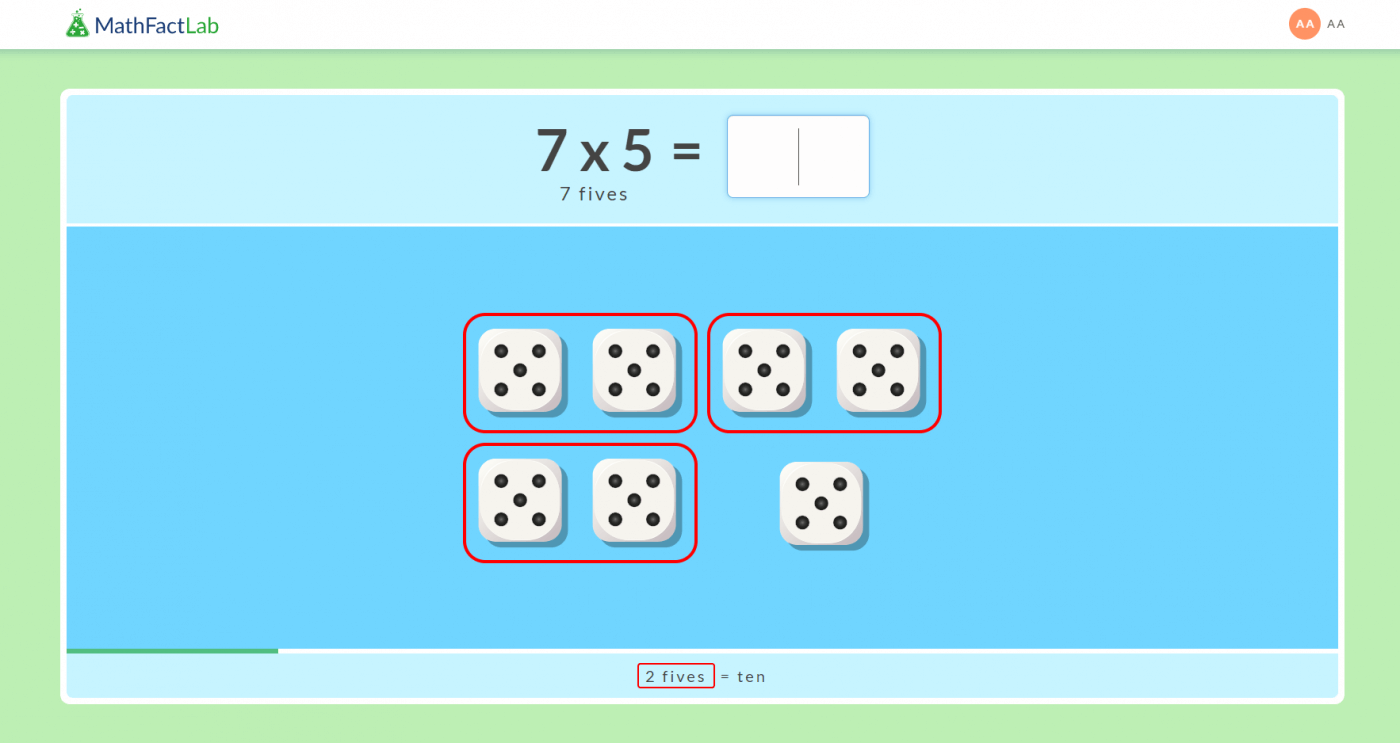
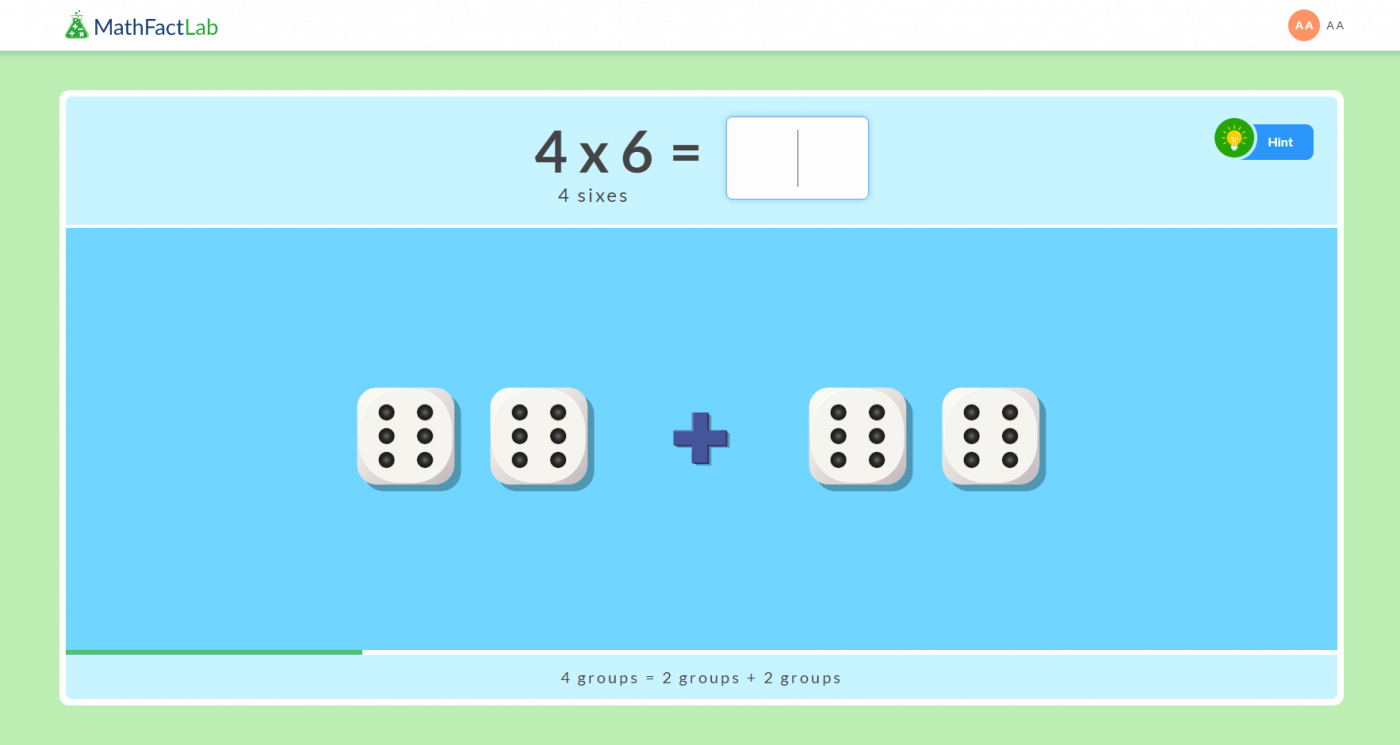


After mastering the basic facts of addition and subtraction, our students first learn to add or subtract a single digit with a double digits. After that, they develop efficiency with mentally adding and subtracting double digits.


In multiplication, after mastering the basic facts, our students begin the advanced multiplication program. First they start with the traditional 11s and 12s. After that, they learn to multiply with multiples of five: 15s, 20s, 25s and 50s. In the last stage of our multiplication program students fill in the gaps by learning 13s, 14s, 16s ... all the way to up the 20s.
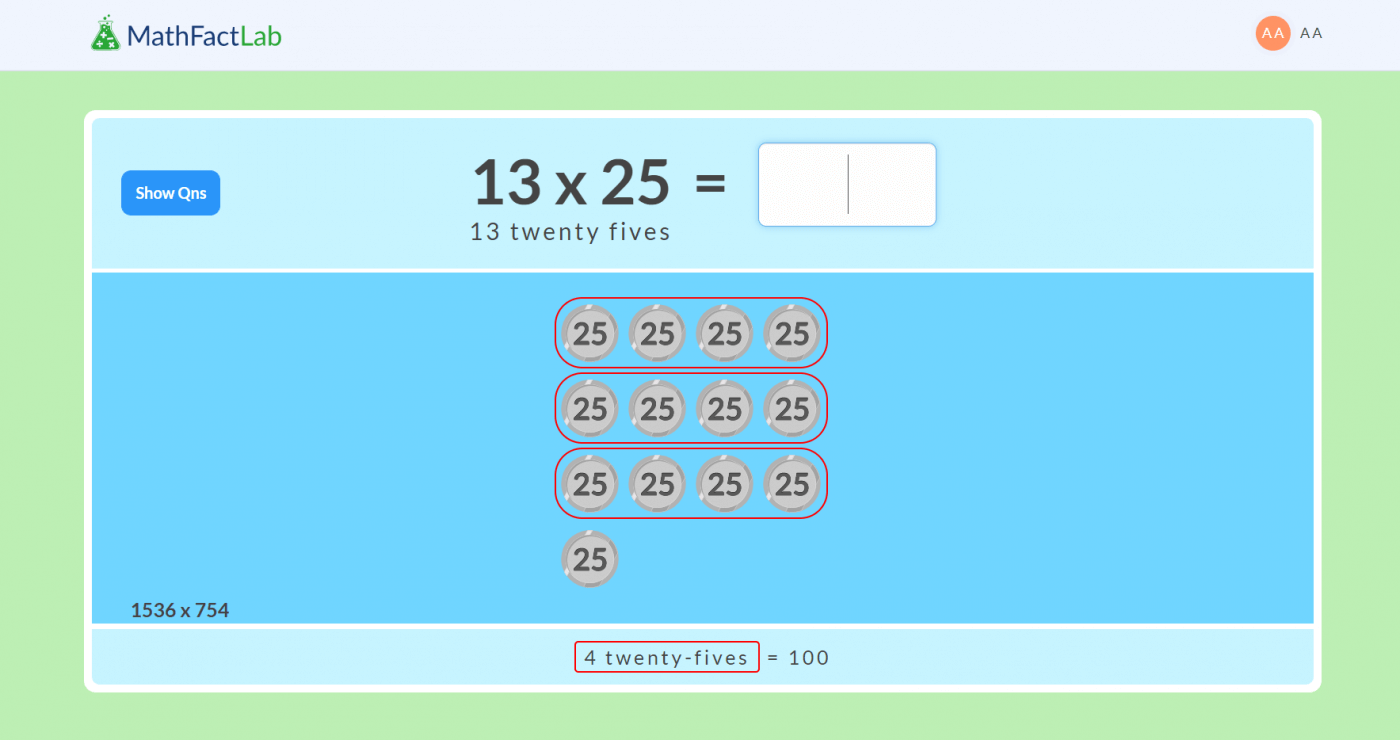
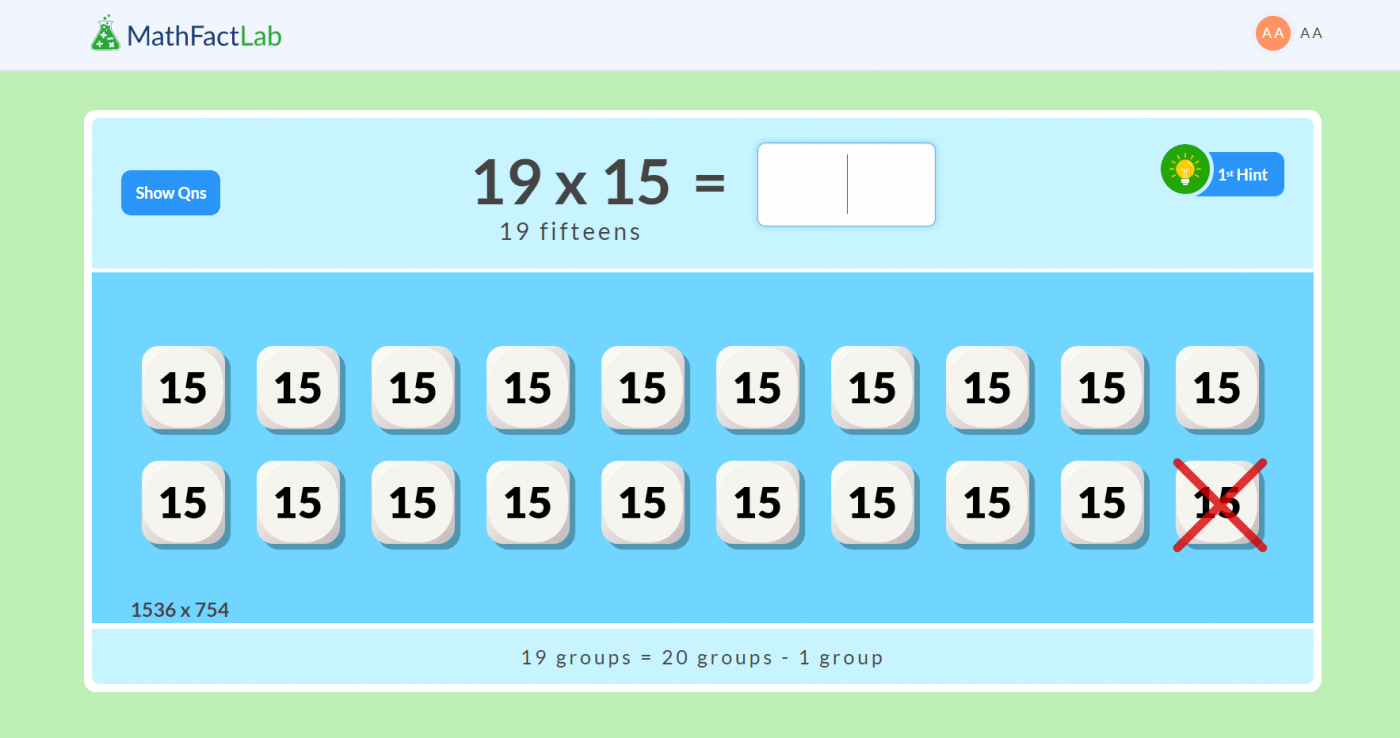
Going well beyond the basics allows MathFactLab to be a tool for all elementary math students in your class, not just those working on basic fact fluency.
This blog was written by Mike Kenny, fifth-grade math teacher and creator of MathFactLab.